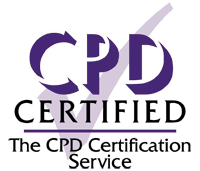Inflammatory markers, including T2 cells beta common (βc) cytokines IL-3, IL5 and granulocyte-macrophage colony-stimulating factor (GM-CSF), are known to play an important role in chronic rhinosinusitis with nasal polyps (CRSwNP). CSL311, a monoclonal antibody (mAb), was developed to target human...

